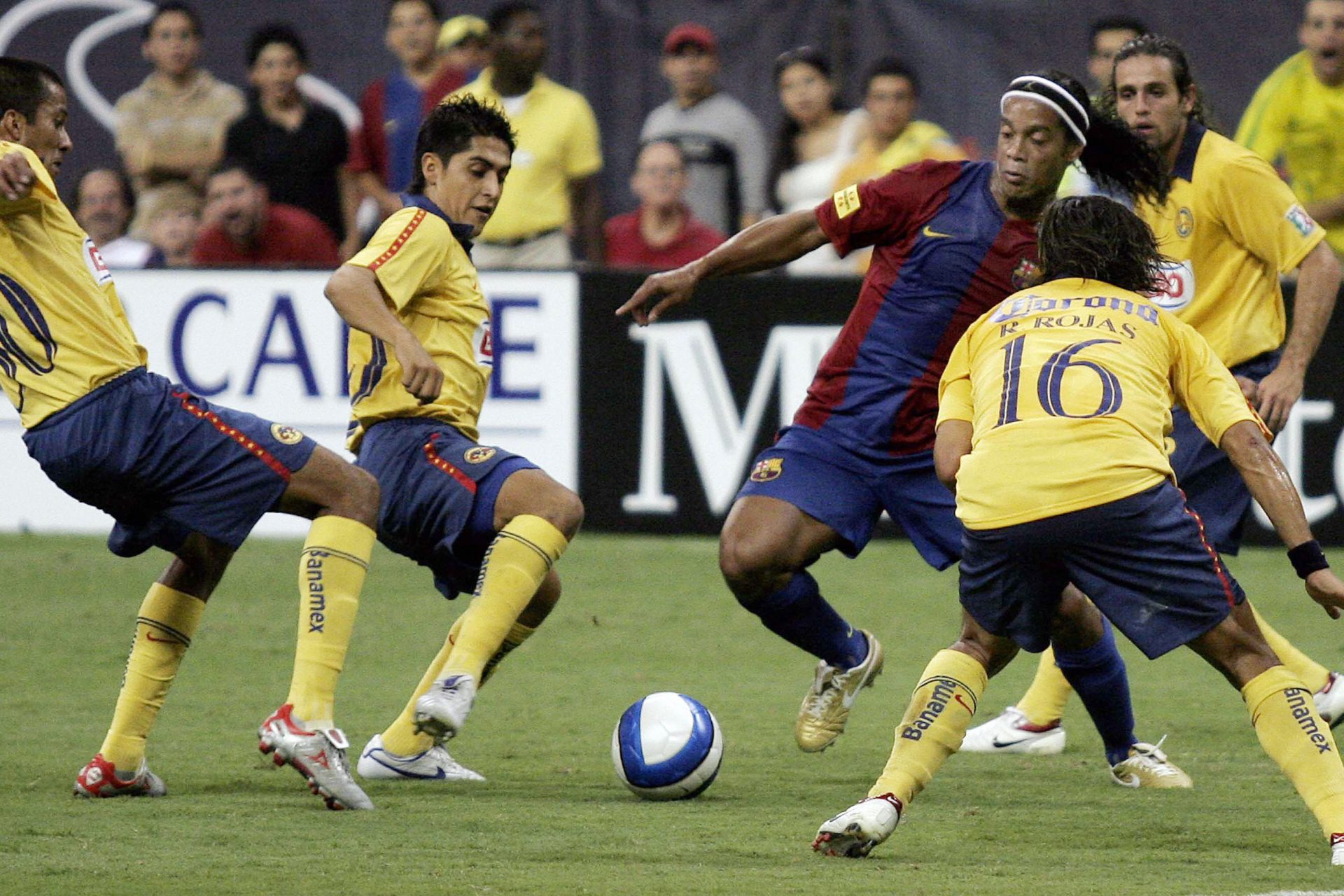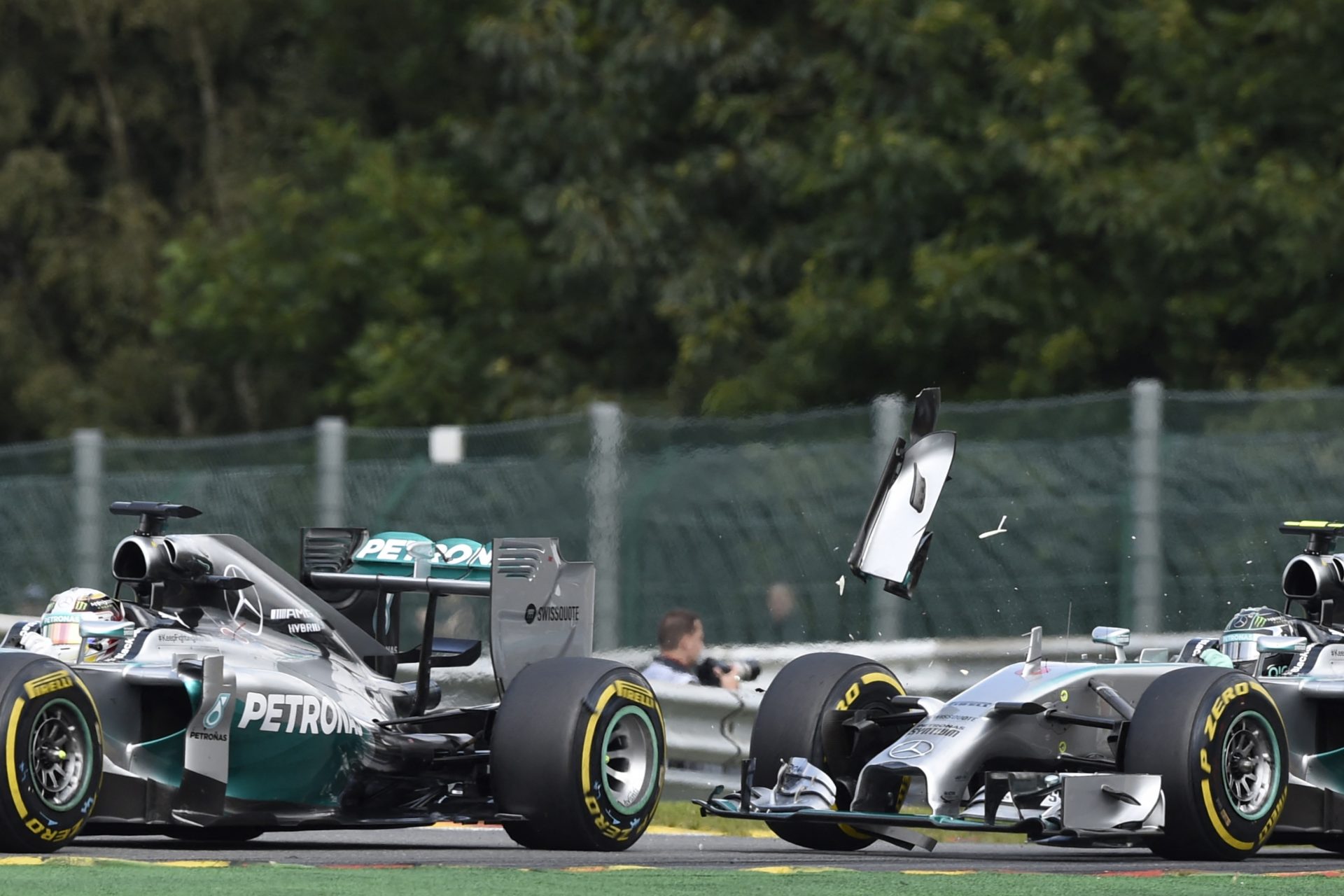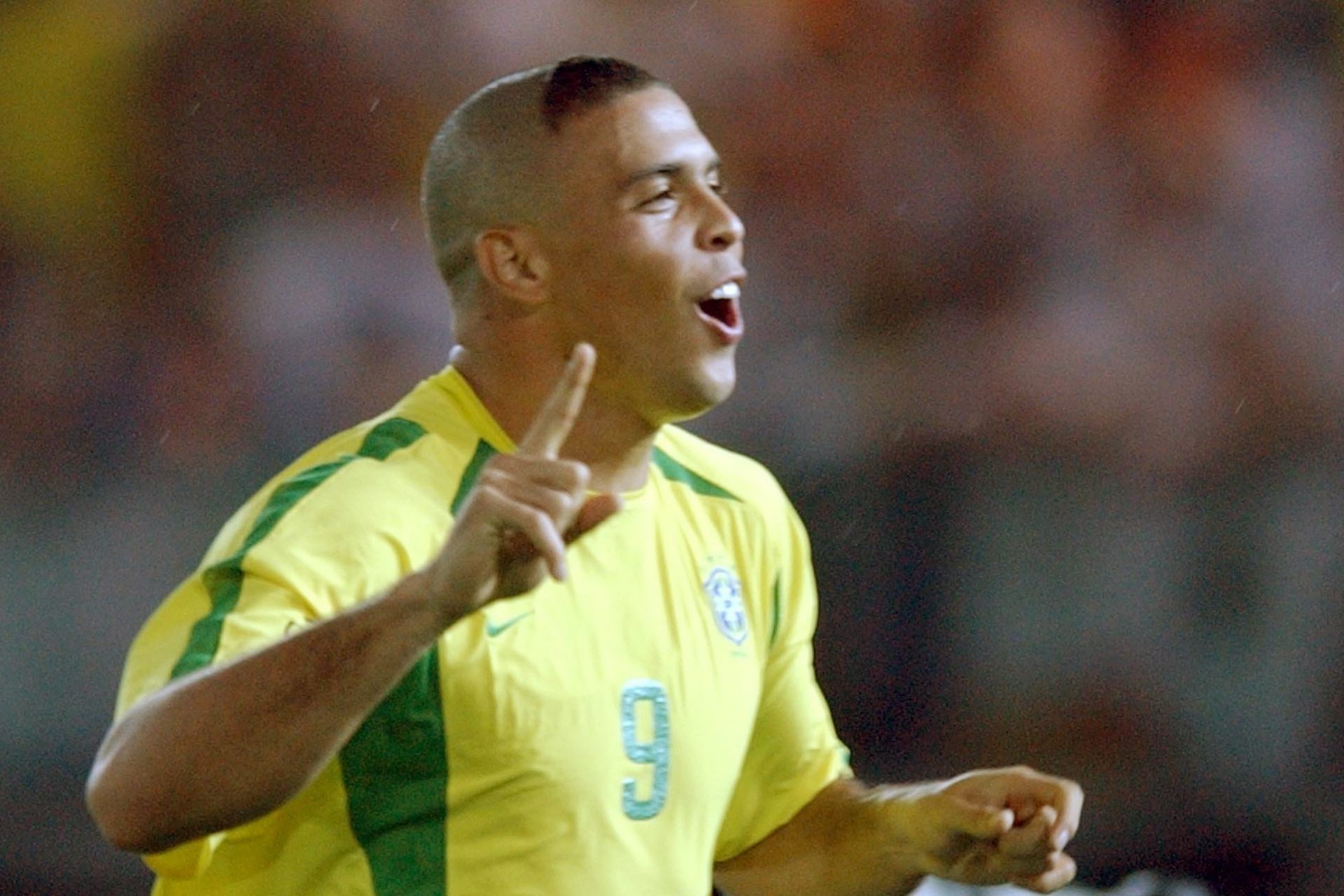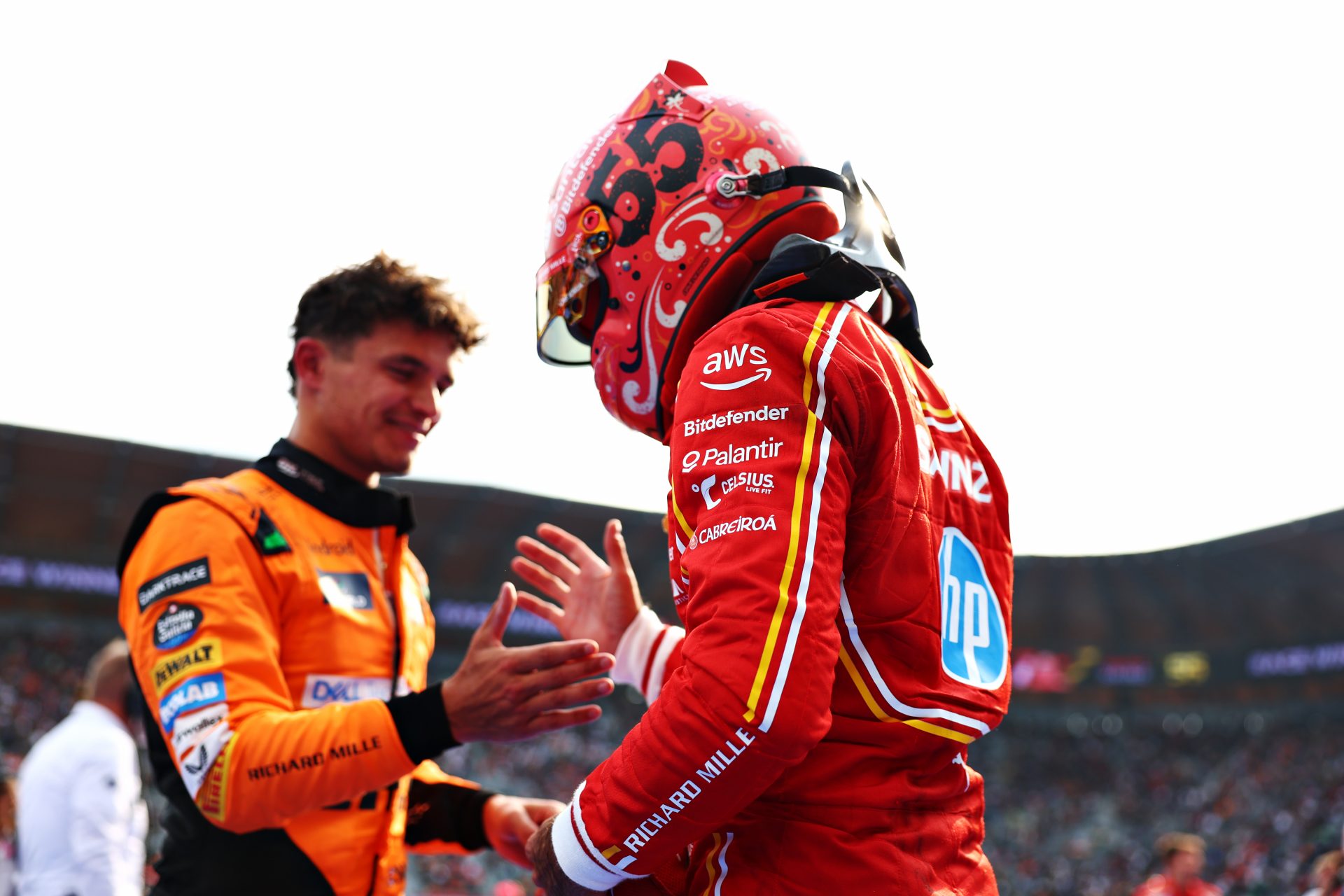The shocking event that derailed Monica Seles' stellar career
Tennis is a sport that is often associated with grace, elegance, and sportsmanship. However, there is one incident in the sport's history that left the entire world in shock and horror –the stabbing of Monica Seles. One of tennis' biggest names, and one of the greatest of all time, was stabbed mid-match in front of a packed arena by a deranged tennis fan.
The incident happened on April 30, 1993, during a quarter-final match between Seles and Magdalena Maleeva at the Hamburg Open in Germany. Let's look at exactly what happened that day and the fallout from the shocking event.
Image: YouTube @ Cult Tennis
Monica Seles had already established herself as one of the top female tennis players in the world by the early 1990s. Born in Yugoslavia in 1973, Seles moved to the United States with her family at the age of 13.
She turned professional in 1989, and by 1992 she had already won eight Grand Slam titles – all before her 20th birthday – including the Australian Open, the French Open, and the US Open, cementing her status as the world's number-one female tennis player.
Seles had a unique style of play that was both aggressive and powerful. She would often grunt loudly while hitting her shots, which some opponents found distracting. Despite this, Seles was widely admired for her athleticism and her ability to dominate her opponents.
The Hamburg Open in 1993 was Seles' first tournament after taking a two-month break from tennis. During the quarter-final match against Magdalena Maleeva, Seles was leading 6-4, 4-3, when she sat down during a changeover.
Suddenly, out of nowhere, a man rushed onto the court and stabbed Seles in the back with a nine-inch-long knife. The attacker was identified as Günter Parche, a fan of Steffi Graf, who was Seles' main rival at the time.
"I remember sitting there toweling off, and then I leaned forward to take a drink of water," Selles' said after the event, reported by 'Cult Tennis, "The cup had barely touched my lips when I felt a horrible pain in my back. My head whipped around to where it hurt and I saw a man in a baseball cap, a sneer across his face and he was clutching a long knife. He started to lunge at me again. I didn't understand what was happening..."
Image: YouTube @ Cult Tennis
Parche was subdued by fans before he could strike again. Seles was rushed to the hospital, where it was discovered that the knife had narrowly missed her spinal cord. She underwent surgery and was hospitalized for several days.
The stabbing sent shockwaves throughout the world of tennis. Players, officials, and fans were left reeling from the incident, which seemed to come out of nowhere. Seles was just 19 years old at the time and had her whole career ahead of her. The incident raised serious questions about the safety and security of players during tournaments.
Parche was arrested and charged with causing grievous bodily harm. He was found guilty but was given only a suspended sentence, much to the outrage of Seles and many others in the tennis world. Parche never served any jail time for the attack.
"What kind of message does this send to the world?" Seles said in a statement released by International Management Group, her management company. "Mr. Parche has admitted that he stalked me, then he stabbed me once and attempted to stab me a second time. And now the court has said he does not have to go to jail for this premeditated crime."
"He gets to go back to his life, but I can't because I am still recovering from his attack, which could have killed me," she concluded in her statement.
Seles' recovery from the stabbing was slow and painful. She was forced to take a two-year break from tennis to recuperate and undergo physical therapy. During this time, she struggled with depression and anxiety, and it was unclear if she would ever be able to return to the sport she loved.
When Seles eventually did return to tennis in 1995, it was clear that she was not the same player she had been before the attack. She struggled with her confidence and her form, and she was no longer able to dominate her opponents in the way that she had done in the past.
She did manage to win one more Grand Slam title, the Australian Open in 1996, but it was clear that the attack had taken a heavy toll on her both physically and mentally.
Seles to this day does not like to talk about the incident but has discussed the impact in interviews post-retirement. In 2003, she spoke to 'The Hindu' about the stabbing 10 years on.
"It took away some of the best years of my tennis career, that's for sure," she said. "I don't think it left many others. To tell the truth, it's still very strange to me. I'm the only person in sports that this ever happened to. But I don't want to revisit Hamburg in my head. It was not a happy thing, nor was it a happy time," Seles said.
Despite the physical and mental trauma that she suffered, Monica Seles remains one of the most influential and beloved tennis players of all time. Her aggressive style of play and her domination of the sport inthe early 1990s inspired a new generation of female tennis players, many of whom credit Seles with paving the way for their own success.
Serena Williams, for example, has cited Seles as one of her biggest inspirations, saying that "she was the first person I saw who was a real fighter and who had a different type of game."
Monica Seles retired from professional tennis in 2008, and since then she has mostly stayed out of the public eye. She has occasionally made appearances at tennis tournaments and events, but she has largely focused on her personal life and her charitable work.
Seles has been involved with several charitable organizations over the years, including the Laureus Sport for Good Foundation, which aims to use sports as a tool for social change. She has also worked as a spokesperson for organizations that focus on issues like domestic violence and mental health.
More for you
Top Stories



































